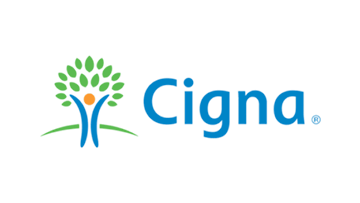
The Importance of Teen Mental Health Services
Teen mental health is an area of growing concern, both nationally and locally, particularly in regions like Nampa. Adolescents face unique challenges that can deeply impact their mental well-being, from academic pressures to social dynamics and family expectations. During these formative years, teens are developing their identities and emotional resilience, making it crucial to address mental health issues promptly.
In Nampa, addressing teen mental health has become a priority for many local organizations, such as Recovery Ways Idaho. Communities are increasingly understanding the value of early intervention and support systems that empower young individuals. As teens navigate the complexities of adolescence, providing them with the right tools and resources can create lasting impacts on their mental well-being, fostering a generation of healthier, more resilient adults.
Unique Challenges Teens Face
Adolescence is a time of significant change that can be both exciting and overwhelming. Teens often grapple with the pressure to fit in and excel in school, while managing rapidly changing personal relationships. The impact of social media adds another layer of complexity, often exacerbating feelings of inadequacy and anxiety.
In Nampa, like elsewhere, teens may also confront economic challenges, cultural dynamics, and expectations that can further strain their mental health. These pressures can lead to issues like depression, anxiety, and other mental health disorders, which require effective strategies for management and support.
Providing comprehensive support involves addressing both the mental and emotional aspects of these challenges. By recognizing the diverse pressures teens face, programs can be tailored to meet their specific needs, fostering environments where they can thrive both mentally and personally.
The Impact of Family and Community
Family and community play pivotal roles in shaping teen mental health, serving as both a support network and a potential source of stress. A nurturing environment at home can greatly mitigate the stressors faced by teens, providing a safe space for expressing emotions and concerns. Open communication between teens and parents is essential in identifying and addressing mental health issues early.
Community support is equally vital. In Nampa, local organizations and schools are increasingly collaborating to provide resources that support teen mental health. Community initiatives, such as peer support groups and workshops, are designed to provide teens with additional outlets for their concerns. By working together, families and communities can help teens feel supported and understood, facilitating healthier mental states.
Such collective efforts can create a robust safety net for teens, ensuring they have access to resources and guidance. This interconnected support system can foster resilience, preparing teens to face future challenges with confidence.
Evidence-Based Approaches to Treatment
In addressing teen mental health, employing evidence-based approaches is crucial. Programs like Idaho Behavior in Nampa focus on proven methodologies to support mental wellness. By using therapies such as cognitive-behavioral therapy (CBT) and dialectical behavior therapy (DBT), practitioners can offer structured and effective interventions tailored to adolescent needs.
Teen mental health Nampa services at Recovery Ways Idaho provide teens with the tools to understand and manage their emotions, develop healthy coping mechanisms, and improve their overall mental resilience. Incorporating family therapy also ensures that all stakeholders are involved in the healing process, promoting a holistic approach to mental health care.
Incorporating evidence-based practices helps ensure that interventions are not only effective but also adaptable to the ever-evolving landscape of teen mental health. This adaptability is key to addressing the unique and varied challenges faced by teens in Nampa.
The Role of Education and Awareness
Raising awareness and educating the community about teen mental health is foundational to reducing stigma and encouraging early intervention. Educational programs in schools and communities can demystify mental health conditions, making it easier for teens to seek help without fear of judgment.
In Nampa, efforts to integrate mental health education into school curriculums can empower students with knowledge about mental health and self-care strategies. By normalizing conversations around mental health, these programs promote a culture of understanding and support.
Furthermore, training educators and parents to recognize signs of mental health issues equips them to provide timely and effective support. This collaborative effort enhances the entire community’s ability to foster positive mental health outcomes for teens.
Developing Resilience and Coping Skills
Teaching teens how to build resilience and develop coping skills is a crucial component of mental health care. Programs that focus on skill-building equip teens to handle stress, navigate social pressures, and face life’s challenges with a positive outlook.
In Nampa, initiatives that promote mindfulness, meditation, and creative therapies like art and music therapy can be particularly beneficial. These practices encourage self-expression and self-awareness, offering teens healthy outlets for their emotions.
By integrating such methods into treatment plans, organizations like Idaho Behavior help teens hone skills that bolster their ability to thrive in diverse environments. The focus on resilience prepares adolescents not just to overcome current challenges, but to adapt successfully to future obstacles.
Barriers to Accessing Care
Despite the availability of resources, barriers to accessing mental health care can prevent teens from receiving the support they need. Stigma, lack of awareness, and financial constraints are common hurdles that families in Nampa might encounter.
Addressing these barriers requires a concerted effort to make mental health services more accessible and affordable. Collaborations with insurance providers, sliding scale fees, and community-based funding can help alleviate financial burdens, making it easier for families to seek care.
Efforts to reduce stigma and raise awareness are equally important. Encouraging open dialogue about mental health can foster an environment where seeking help is seen as a positive and proactive step toward well-being.
The Importance of a Supportive Environment
A supportive environment is essential for the mental well-being of teens, providing them with the reassurance and stability necessary for effective treatment. Schools, families, and community organizations in Nampa can collaborate to create inclusive environments where teens feel safe and understood.
Training programs for educators, counselors, and parents, aimed at building supportive relationships and effective communication skills, can enhance the support network for teens. Such initiatives create a foundation of empathy and understanding that is critical in fostering teen mental health.
By ensuring that teens have access to supportive environments both at home and in communal spaces, we pave the way for improved mental health outcomes. In the long term, this can lead to stronger, more connected communities.
Collaborative Efforts in Nampa
Collaborative efforts in Nampa are crucial in building a strong support system for teen mental health. Organizations like Idaho Behavior work alongside local schools, healthcare providers, and community groups to expand access to services and create integrated care networks.
These partnerships facilitate comprehensive care models that consider the diverse needs of teens, from emotional and social support to academic and developmental assistance. By pooling resources and expertise, collaborative efforts enhance the ability to provide effective and timely mental health interventions for teens.
Successful collaborations can lead to innovative solutions and a unified community response, strengthening the capacity to support teen mental health in Nampa. Such community-wide coalitions are vital in building a resilient support system for adolescents navigating mental health challenges.
Through these concerted efforts and shared commitments, Nampa can continue to make strides in supporting the mental health of its teens, ensuring a brighter and more hopeful future for its youth.

What are the mental health issues of a 13 year old?
Adolescence, particularly around the age of 13, is a period marked by significant developmental changes that can impact a young person’s mental health. Common issues at this stage include anxiety and depression, often influenced by factors such as academic pressure, social dynamics, and familial expectations. During this time, teens may experience mood swings, changes in sleep patterns, and an increased sensitivity to peer feedback, particularly in the age of social media. Addressing these issues early with evidence-based approaches, like those offered at Idaho Behavior, can provide teens with the necessary tools to navigate these challenges effectively. It’s crucial for caregivers to maintain open communication, encourage self-expression, and seek professional support when warning signs arise. How do you think increased awareness of mental health can impact the way we support teenagers?
What unique challenges do teens face in Nampa compared to other regions?
Teens in Nampa, like those in many communities, face common adolescent challenges such as academic stress and social pressures. However, regional factors such as economic conditions and cultural dynamics can add unique layers of complexity. For instance, local economic constraints might limit access to extracurricular activities that provide social support. Additionally, cultural expectations within certain communities can influence how mental health is perceived and addressed. At Idaho Behavior, we emphasize understanding these nuances to provide tailored support that resonates with each teen’s unique situation. By collaborating with local schools and communities, we can help bridge the gap between these challenges and effective support systems. What local resources do you think could help further address these unique teen challenges?
How do family and community influence teen mental health in Nampa?
In Nampa, family and community play a foundational role in shaping the mental health of teenagers. A supportive and understanding family environment can serve as a protective factor, offering teens a safe space to express their feelings and concerns. Similarly, community involvement, through initiatives like peer support groups and educational workshops, provides additional layers of support that can mitigate stress and promote well-being. Idaho Behavior collaborates with local families and organizations to create a cohesive network that fosters healthy communication and early intervention. Such collaborative efforts empower teens with the confidence to face their challenges, knowing they are supported by a strong community. What role do you see community organizations playing in enhancing teen mental health support?
What are some evidence-based approaches to treating teen mental health issues that are utilized in Nampa?
In Nampa, evidence-based approaches like cognitive-behavioral therapy (CBT) and dialectical behavior therapy (DBT) are prominent in addressing teen mental health issues. These therapies offer structured methods to help adolescents recognize and manage their emotions, develop healthy coping strategies, and improve their mental resilience. Idaho Behavior is dedicated to integrating these proven methodologies into personalized treatment plans that cater to the specific needs of each teen. This approach not only enhances the effectiveness of the interventions but also empowers teens with lifelong skills. Family involvement is often encouraged to ensure a holistic recovery process. How do you think these therapies could be adapted to better meet the needs of teens in diverse communities?
What barriers do teens in Nampa face when accessing mental health care and how can they be overcome?
Teens in Nampa may encounter several barriers when trying to access mental health care, such as stigma, financial constraints, and lack of awareness. To overcome these challenges, Idaho Behavior advocates for a multi-pronged approach that includes community education to reduce stigma, collaborations with insurance providers to make care more affordable, and outreach programs to increase awareness about available resources. By fostering an open dialogue about mental health, we can encourage teens and their families to seek help without fear or hesitation. Financial assistance programs and sliding scale fees also play a crucial role in making mental health services accessible to all. What strategies do you believe could further remove these barriers and improve access to care for teens?
How can teens in Nampa develop resilience and coping skills to manage their mental health?
Building resilience and coping skills is vital for teens, especially when navigating the challenges of adolescence. In Nampa, programs that focus on skill-building, mindfulness, and creative therapies can offer teens practical tools to handle stress and social pressures effectively. At Idaho Behavior, we prioritize these aspects in our treatment plans, encouraging practices like meditation, art therapy, and peer support groups. These activities not only foster self-awareness and emotional expression but also equip teens with strategies to adapt to future challenges. Encouraging teens to engage in these practices regularly can significantly bolster their mental resilience. What additional activities do you think could be beneficial for building resilience in teens?
Resources
- National Institute of Mental Health – The National Institute of Mental Health (NIMH) is the leading federal agency for research on mental disorders. Their website provides valuable information on various mental health conditions, treatment options, and resources for individuals seeking help.
- National Alliance on Mental Illness – The National Alliance on Mental Illness (NAMI) is a grassroots mental health organization dedicated to providing support, education, and advocacy for individuals and families affected by mental illness. Their website offers resources, helplines, and information on mental health conditions.
- American Psychiatric Association – The American Psychiatric Association is a professional organization representing psychiatrists in the United States. Their website includes information on mental health treatments, provider directories, and resources for individuals seeking mental health support.
- Substance Abuse and Mental Health Services Administration (SAMHSA) – SAMHSA is the agency within the U.S. Department of Health and Human Services that leads public health efforts to advance the behavioral health of the nation. Their website offers resources, treatment locators, and information on substance abuse and mental health disorders.




